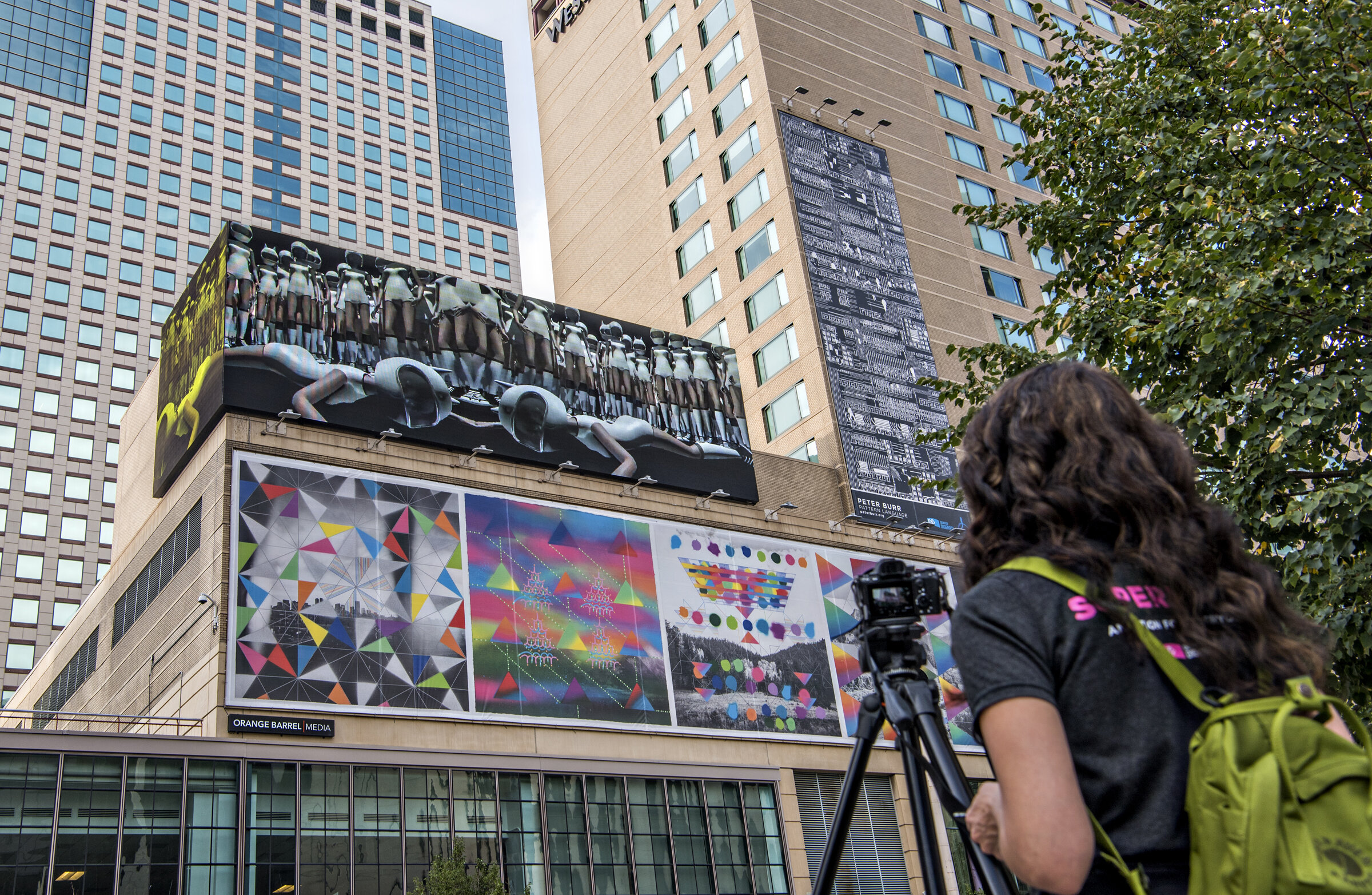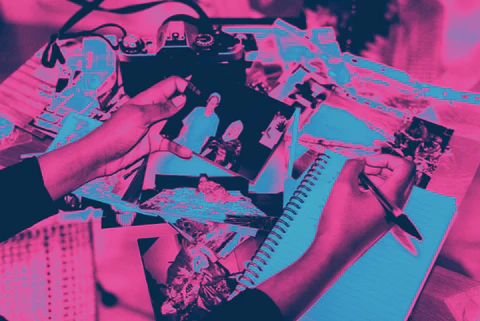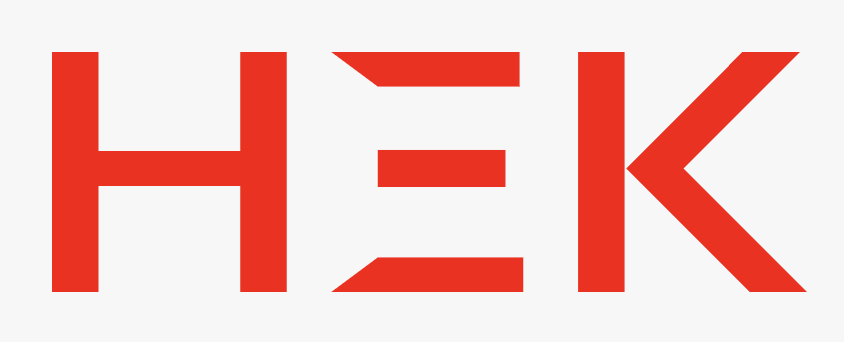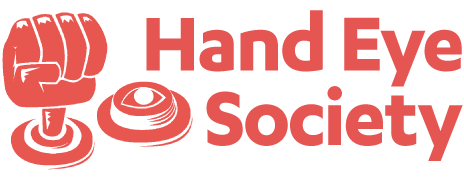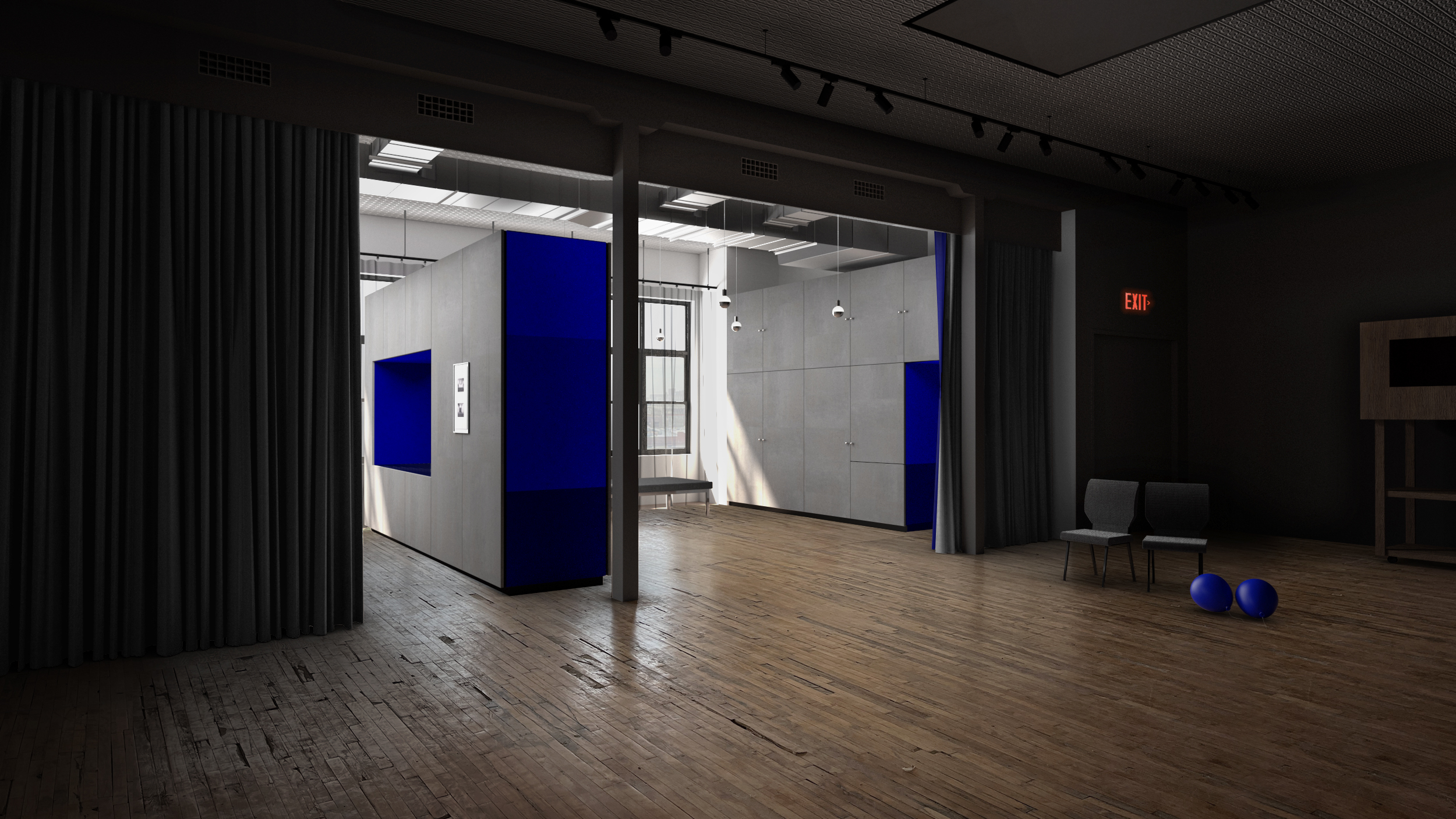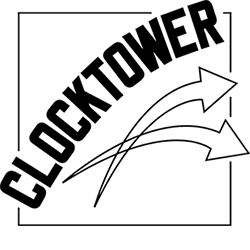A space and medium dedicated to post-Internet cultures.
Since its opening in 2011, La Gaîté Lyrique is both a space and a medium, a living space centred around research, creation, experimentation and sharing, a space open to all audiences. As witnesses of our hyper-connected era, our focus is on post-Internet cultures: these emerging artistic practices, born on or transformed by the Internet, sit at the intersection between art, new technologies and societal issues. They are rampant, resolutely popular, often festive, sometimes marginalized. [1]
In a time when the use of innovative digital tools leads to the multiplication and hybridization of musical styles, La Gaîté Lyrique explores the rich field of contemporary music, its primary area of interest. But it also celebrates the dance movements that are born and shared online, the podcasts and video games that transform the way we tell stories, the virtual reality tools that renew our perception of the world, the design narratives that help imagine the future, the creative models born from blockchain, and all the art forms that shape the world of tomorrow.[1]
Via a multidisciplinary programme –packed with concerts, exhibitions, talks, performances and workshops– that favours immersion, experimentation, narration, collective experience, entertainment and engagement, La Gaîté Lyrique’s mission is to welcome the artists who are making their mark on society and to support each and every citizen in their discovery and understanding of post-Internet cultures. [1]



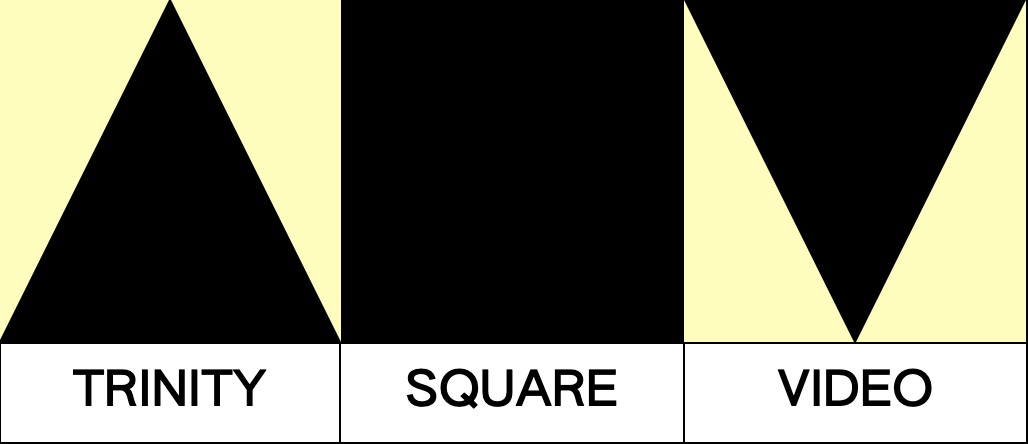
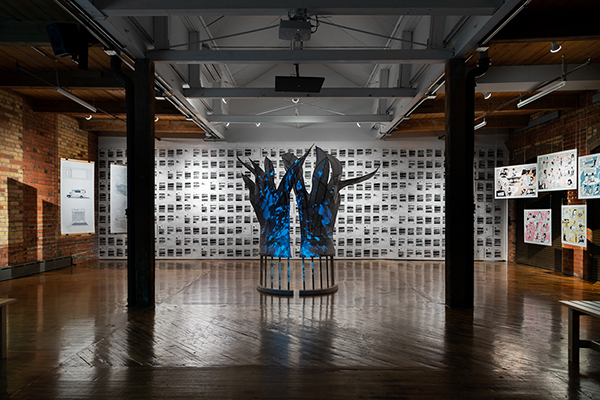
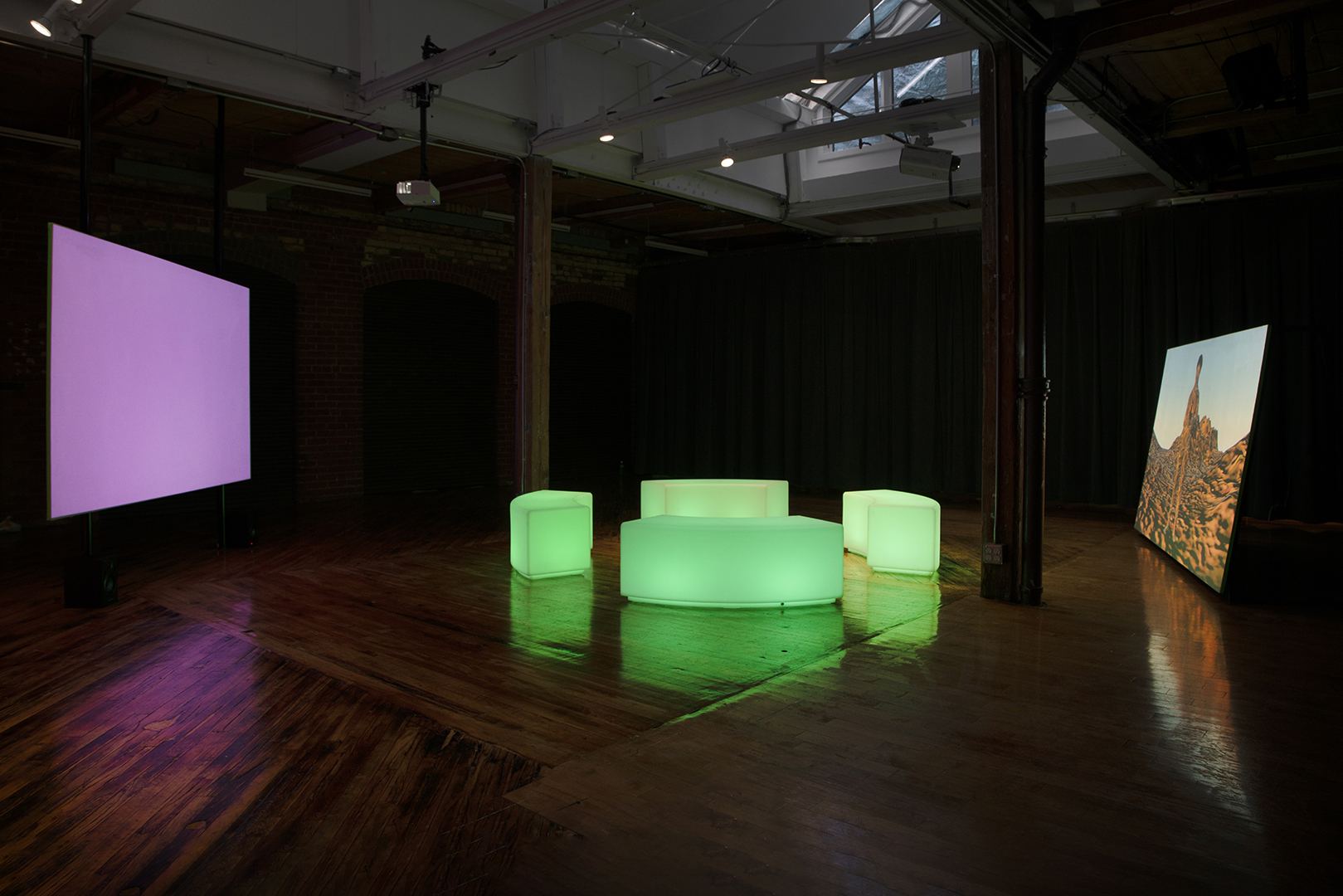
.png)
